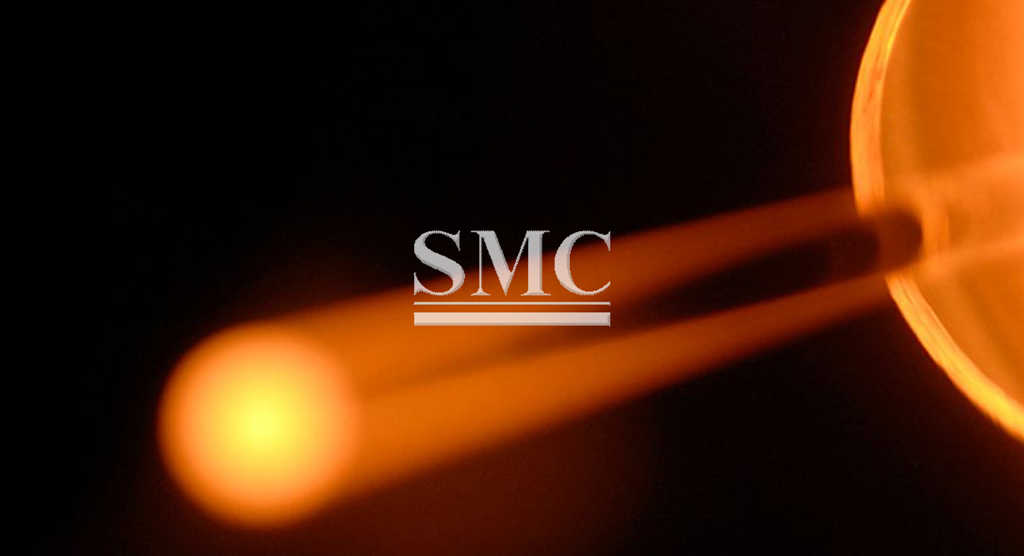Notice: Undefined index: sith_hide_share in /www/sites/alloy.wiki/index/wp-content/themes/likegoogle/single.php on line 32
Deprecated: get_settings is deprecated since version 2.1.0! Use get_option() instead. in /www/sites/alloy.wiki/index/wp-includes/functions.php on line 4862
Physical vapor deposition (PVD) describes a variety of vacuum deposition methods which can be used to produce thin films. PVD uses physical process (such as heating or sputtering) to produce a vapor of material, which is then deposited on the object which requires coating. PVD is used in the manufacture of items which require thin films for mechanical, optical, chemical or electronic functions.

Examples include semiconductor devices such as thin film solar panels, aluminized PET film for food packaging and balloons, and coated cutting tools for metalworking. Besides PVD tools for fabrication, special smaller tools (mainly for scientific purposes) have been developed. Common industrial coatings applied by PVD are titanium nitride, zirconium nitride, chromium nitride, titanium aluminum nitride. The source material is unavoidably also deposited on most other surfaces interior to the vacuum chamber, including the fixturing used to hold the parts.
Comparison to other deposition techniques
Advantages:
1. PVD coatings are sometimes harder and more corrosion resistant than coatings applied by the electroplating process. Most coatings have high temperature and good impact strength, excellent abrasion resistance and are so durable that protective topcoats are almost never necessary.
2. Ability to utilize virtually any type of inorganic and some organic coating materials on an equally diverse group of substrates and surfaces using a wide variety of finishes.
3. More environmentally friendly than traditional coating processes such as electroplating and painting.
4. More than one technique can be used to deposit a given film.
Disadvantages:
1. Specific technologies can impose constraints; for example, line-of-sight transfer is typical of most PVD coating techniques, however there are methods that allow full coverage of complex geometries.
2. Some PVD technologies typically operate at very high temperatures and vacuums, requiring special attention by operating personnel.
3. Requires a cooling water system to dissipate large heat loads.
Guest contributors are welcome at the Alloy Wiki.It is a weekly wiki and guide on alloy information and processing technology, while also about the vast array of opportunities that are present in manufacturing. Our team of writers consists of a Machining Material Supplier / Machinist / Tool and Die Maker, a Biomedical Engineer / Product Development Engineer, a Job Development Coordinator / Adjunct Professor, and a President and CEO of a manufacturing facility.
Link to this article:What is physical vapor deposition?
Reprint Statement: If there are no special instructions, all articles on this site are original. Please indicate the source for reprinting:Alloy Wiki,thanks!^^


